In a container-centric region, Mexican logistics firm CICE have managed to find an attractive niche. As the only company in Veracruz port that can handle mixed cargo, including bulk, break bulk, vehicles, machinery, project cargo, as well as containers, CICE have found a defendable position in the market.
With a selection of underperforming legacy systems that lacked integration, CICE required a software upgrade and was in search of a terminal operating system (TOS) that could manage a diverse range of cargo types.
After surveying the available options, CICE ultimately opted for Master Terminal. Genaro Mendez, Director of Information Technology at CICE stating “Master Terminal offered us one system for all our requirements and has a very large list of useful features.”
By providing a clear and simple implementation methodology, Jade were able to work with CICE to get Master Terminal up and running quickly, to allow the port to start realizing the software’s benefits.
Read the full CICE case study, to find out how the port’s innovative approach has helped it to survive in a demanding global economy.
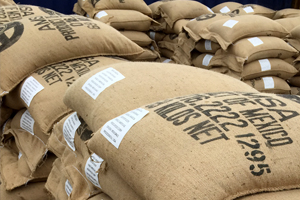
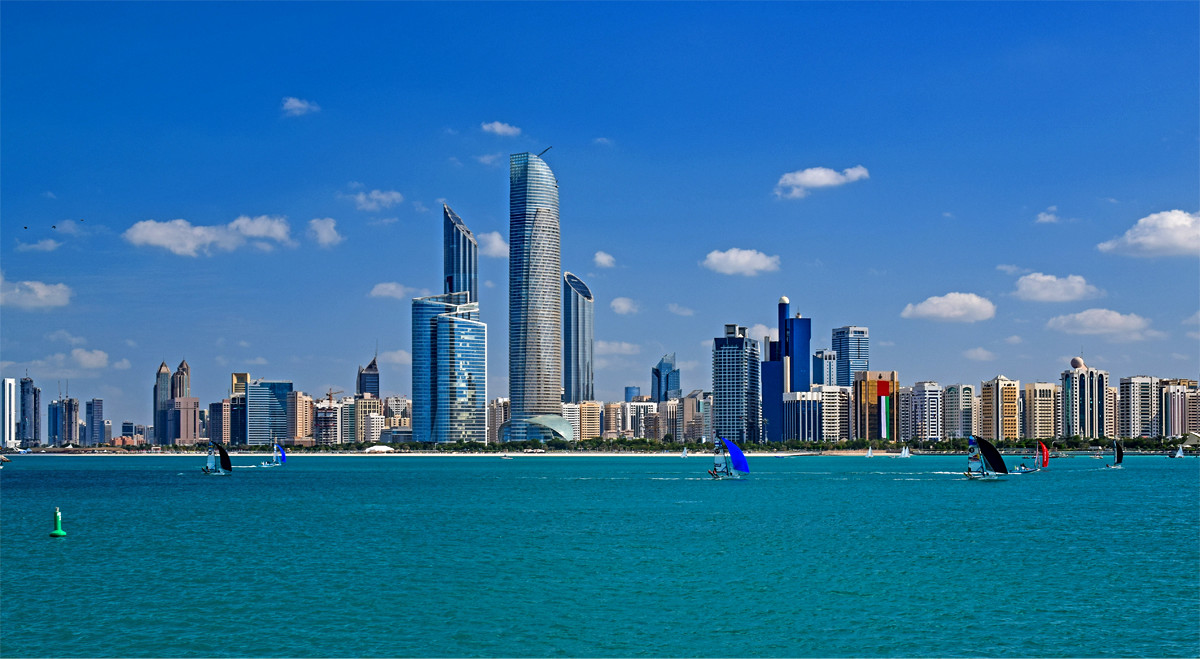

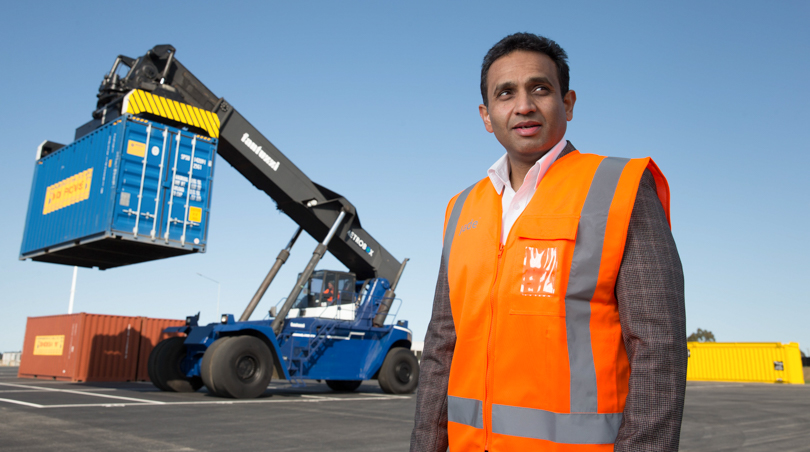

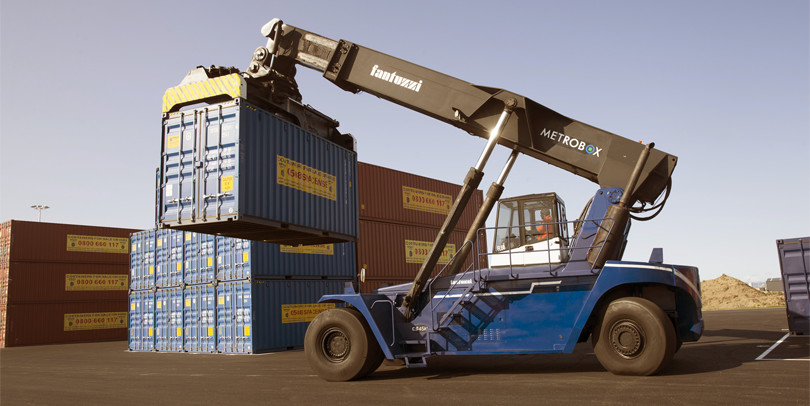


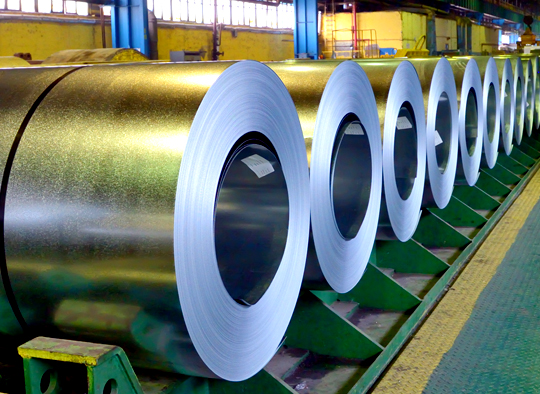


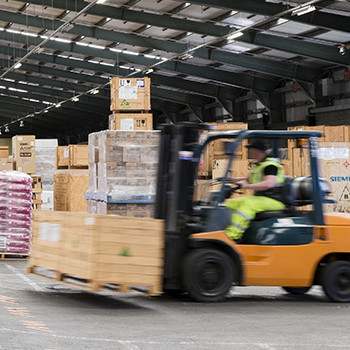

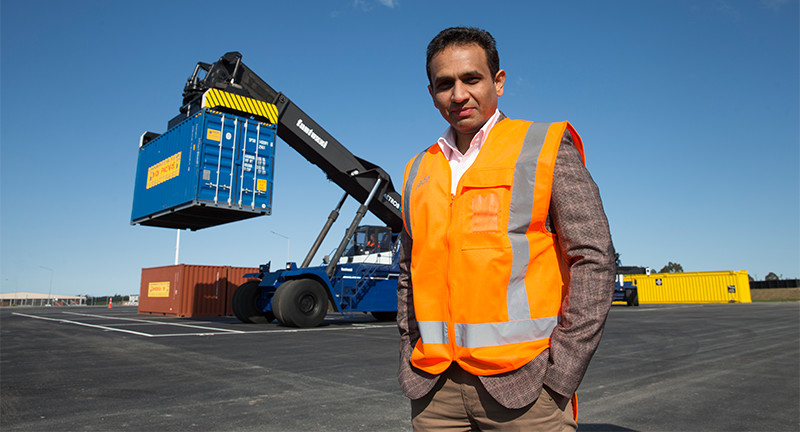


 Keith McSwain, VP Client Relations recently spoke to World Port Development about some of the current trends in the shipping industry and how ports can best compete:
Keith McSwain, VP Client Relations recently spoke to World Port Development about some of the current trends in the shipping industry and how ports can best compete: